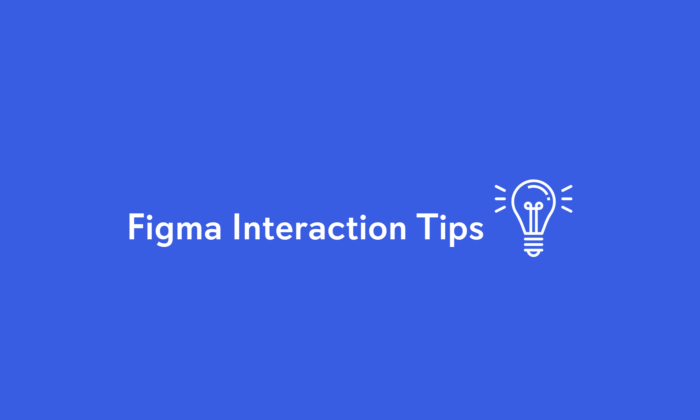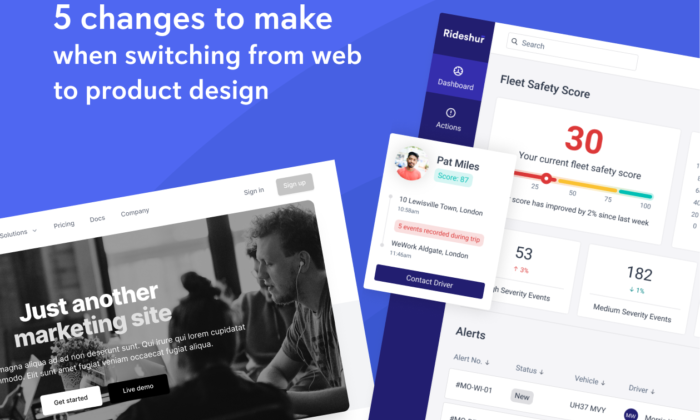When launching a digital business, there are many things to think about, including creating your digital product or platform. From experience, we know that you'll want to hit the ground running and turn your idea into a reality as soon as possible as time is of the essence. And we agree; that's why at Inktrap, we run design sprints with our clients to create a prototype in just two weeks.
Though we appreciate the enthusiasm and the excitement, it's important to remember that 20% of businesses fail in their first year. Around 60% will go bust within their first three years, according to FundSquire.
So you might be thinking, how can I get an MVP product quickly while minimising risk? This is where Inktrap's discovery phase comes in.
What is a discovery phase project?
There are many definitions of what a discovery phase is. Here at Inktrap, we define a discovery phase as a short period in which we research, gather evidence and gain insights to develop our understanding of a perceived problem. By understanding a problem fully, we're able to make strategic recommendations about the next steps and ultimately reduce the risk of designing and building the client and business's wrong thing.
Why run a discovery phase?
Not only is reducing risk a benefit but, a discovery phase enables us to:
- Learn more about your business objectives and the market research you've completed so far.
- Clarify our understanding of who your users are and how they'd use the product or service.
- Generate a specification for the first version that includes features important to your users.
- Find untapped opportunities and areas for improvement.
- See where we can make the design/build more efficient by de-prioritising features that won't help you sell the product.
- Test out working together on a smaller scale before jumping into the entire design/build relationship.
When to run a discovery phase?
Broadly a discovery phase can occur any time there are unknowns around a problem or a blocker on a project. As mentioned before, working on the issues without evidence can be risky, so a discovery phase is ideal if you have assumptions only. A discovery phase may be helpful if there is a lack of prioritisation or misalignment on what the business wants to achieve with its product or service.
Discovery phases can be carried out for several reasons or to tackle various problems, but here are the most common examples we find:
New business possibilities
If a business, sometimes an established start-up, is looking to develop its offering or services, a discovery phase is needed to identify and confirm this offering's need.
Existing business problems
If a business struggles with a particular area, such as low engagement for the last six months. We've found that sometimes clients focus on testing various solutions without finding out the core problem to improve.
What happens in the discovery phase?
Our discovery phase currently runs over a four day period in which we require our clients to be available. By having four days together, we can work quickly and use that momentum to produce a report all within a week.
During these four days, we cover the following;
- Kick-off meeting to introduce you to the team, clarify the aims of this work, and determine the users we need to interview.
- Stakeholder interview to understand your businesses objectives and the work that you've completed so far.
- Remote user interviews to understand what users most want to see from the product. Ideally, we like to speak with five users to confidently identify confirmed or challenged assumptions and discover other areas of potential opportunities.
- Remote discovery and empathy workshop where we analyse the data from the interviews.
- Generate a discovery report outlining our findings from the research and our recommendations for the next steps or solutions.
What happens at the end of a discovery project?
During a discovery project, we learn what the next steps are most suitable for the client. For example, suppose that we feel there are still many unknowns by the end of the discovery phase. In that case, we may suggest that we do more user interviews or validating a possible solution through the means of an off-the-shelf product may be helpful. Finally, creating a bespoke prototype that we can run a usability study on may be needed to gain deep insights into understanding what would be a tangible solution.
The critical thing to remember about a discovery sprint is that it is an exploratory work that aims to confirm or deny assumptions and look for opportunities. By investing in research upfront, we can reduce the risk of revisiting the design and build where possible, as there is nothing worse than creating a great product if it doesn't solve your user's problems.
Need a discovery phase for your product?
Talk with James to discuss your current challenges and learn more about how we can help.
More like this

Figma Interaction Tips
Get the most out of Figma with helpful tips on creating captivating interactions that will keep users engaged! Discover how to use design elements and animation techniques, so you can create amazing projects.

5 changes to make when switching from web to product design
Making the switch from web design to product design? Here are five key changes you'll need to make.